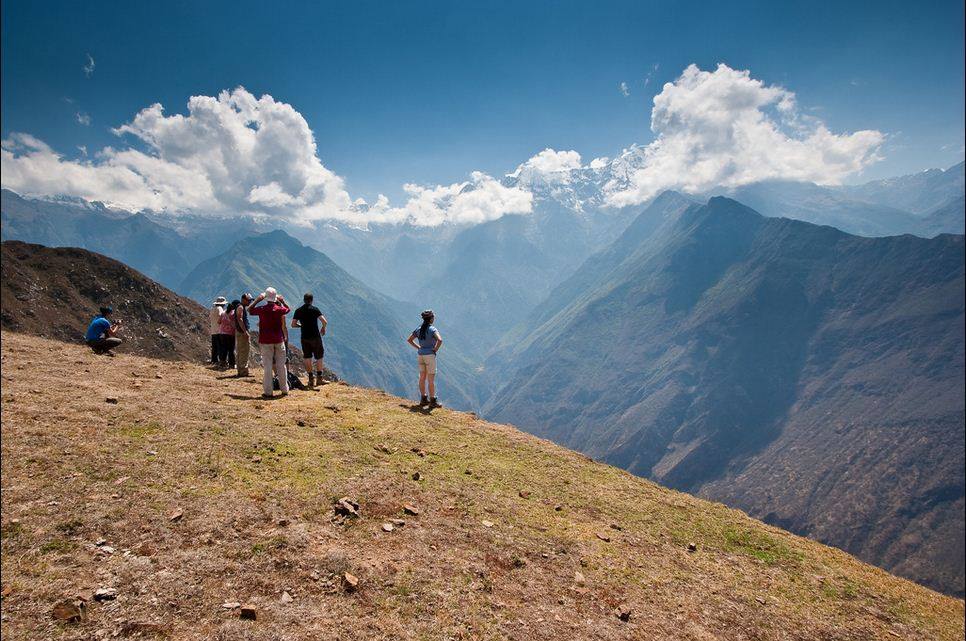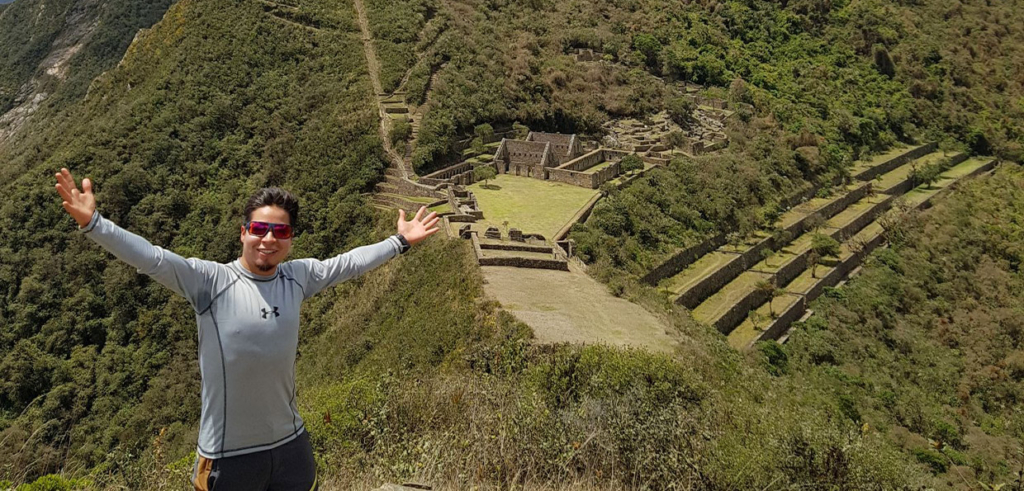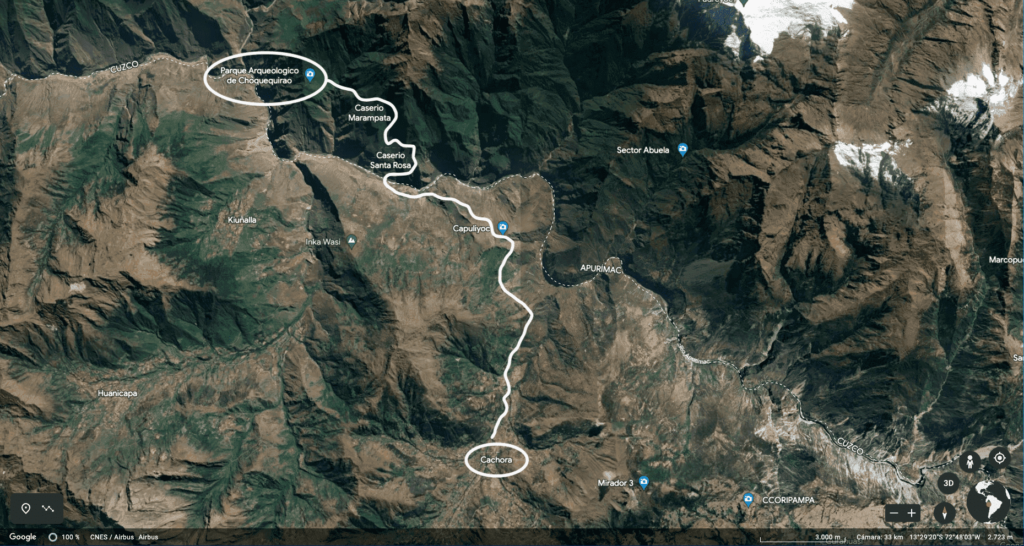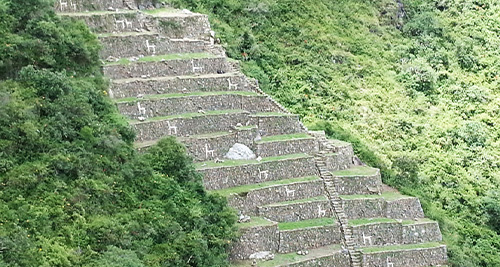Nestled high in the Peruvian Andes, amidst majestic mountains and breathtaking views, lies a hidden gem of ancient Inca ruins known as “Choquequirao”. This remote archaeological site, often referred to as the “sister city” of Machu Picchu, offers intrepid adventurers a chance to immerse themselves in the rich history and natural beauty of the Cusco region. Among the notable features of Choquequirao are its terraced landscapes, reminiscent of the Inca agricultural practices. These terraces, which were once used for farming and cultivation, have stood the test of time and still showcase the ingenuity and resourcefulness of the Inca civilization.
To embark on a trekking adventure to Choquequirao is to embark on a journey of discovery and exploration. The trek to Choquequirao is a challenging yet rewarding experience, allowing trekkers to witness the remnants of an ancient civilization in a pristine natural setting. Trekking to Choquequirao requires careful planning and preparation. One of the first considerations is choosing the right time of year to embark on the trek. The best time to trek to Choquequirao is during the dry season, which typically runs from April to November. During this time, rainfall is minimal, and the weather is generally clear and sunny, providing optimal conditions for trekking. Another important aspect to consider when planning a trek to Choquequirao is the level of physical fitness required.

Choquequirao is located in the Andes Mountains of Peru, specifically in the region of Cusco – Peru. It is situated on a remote ridge above the Apurimac River Canyon, which is part of the Vilcabamba mountain range. The site is approximately 64 kilometers (40 miles) approximately west of the city of Cusco.
Geographical coordinates are approximately:
Latitude: 13.5321° S
Longitude: 72.4672° W



Search
